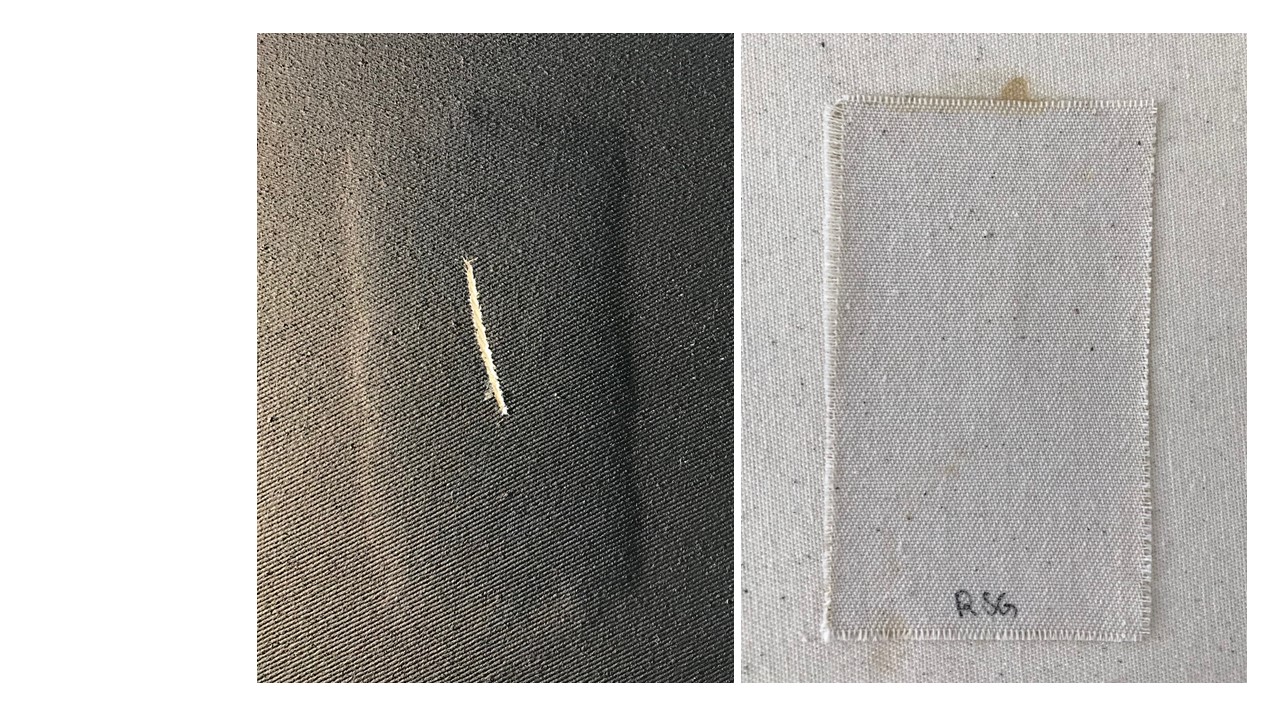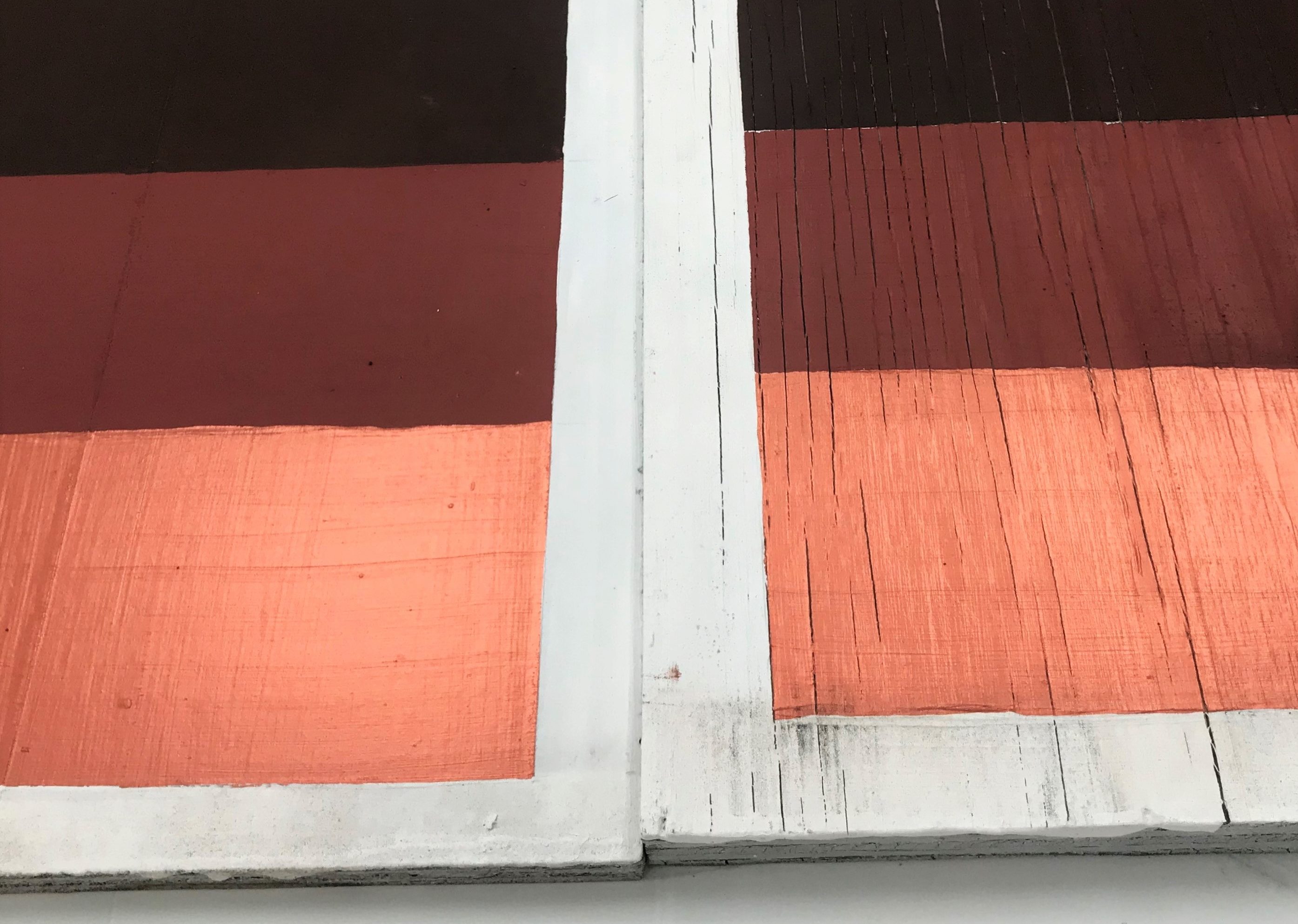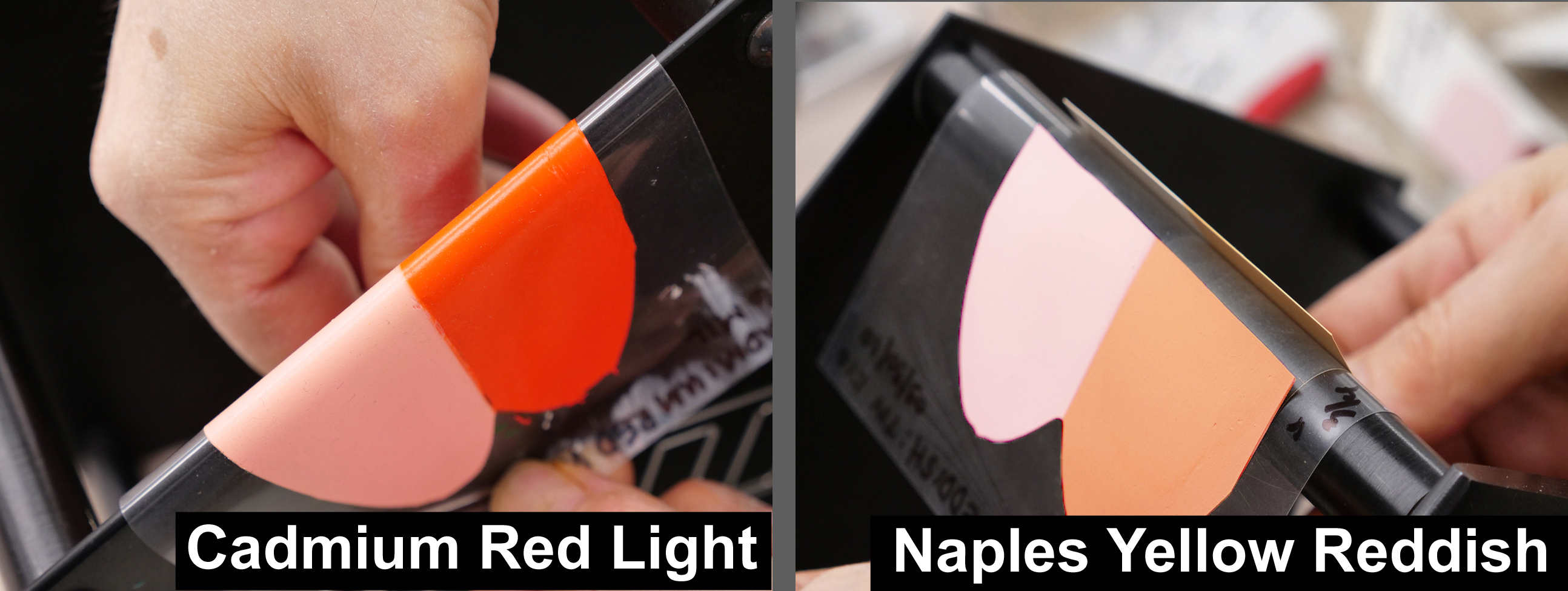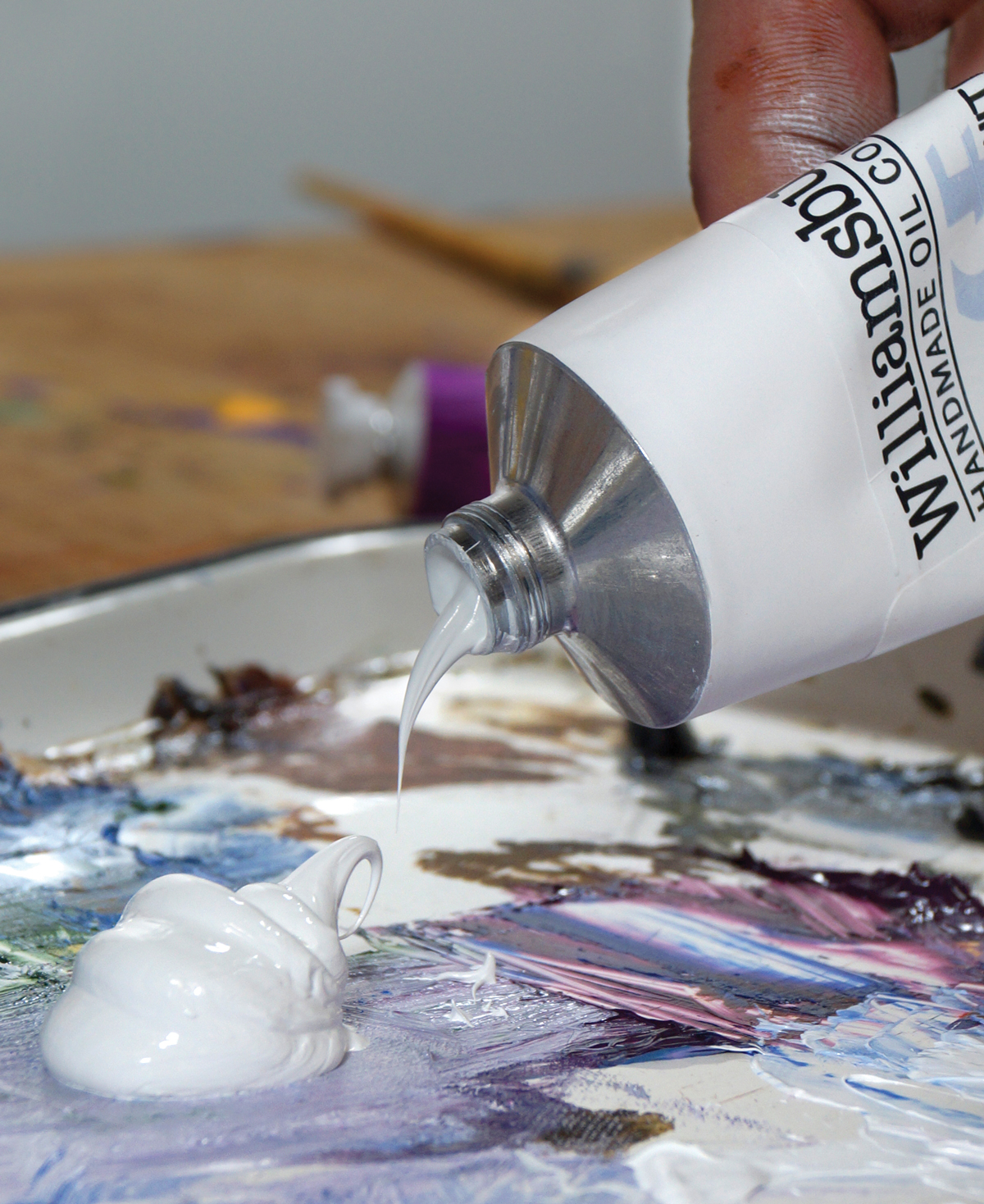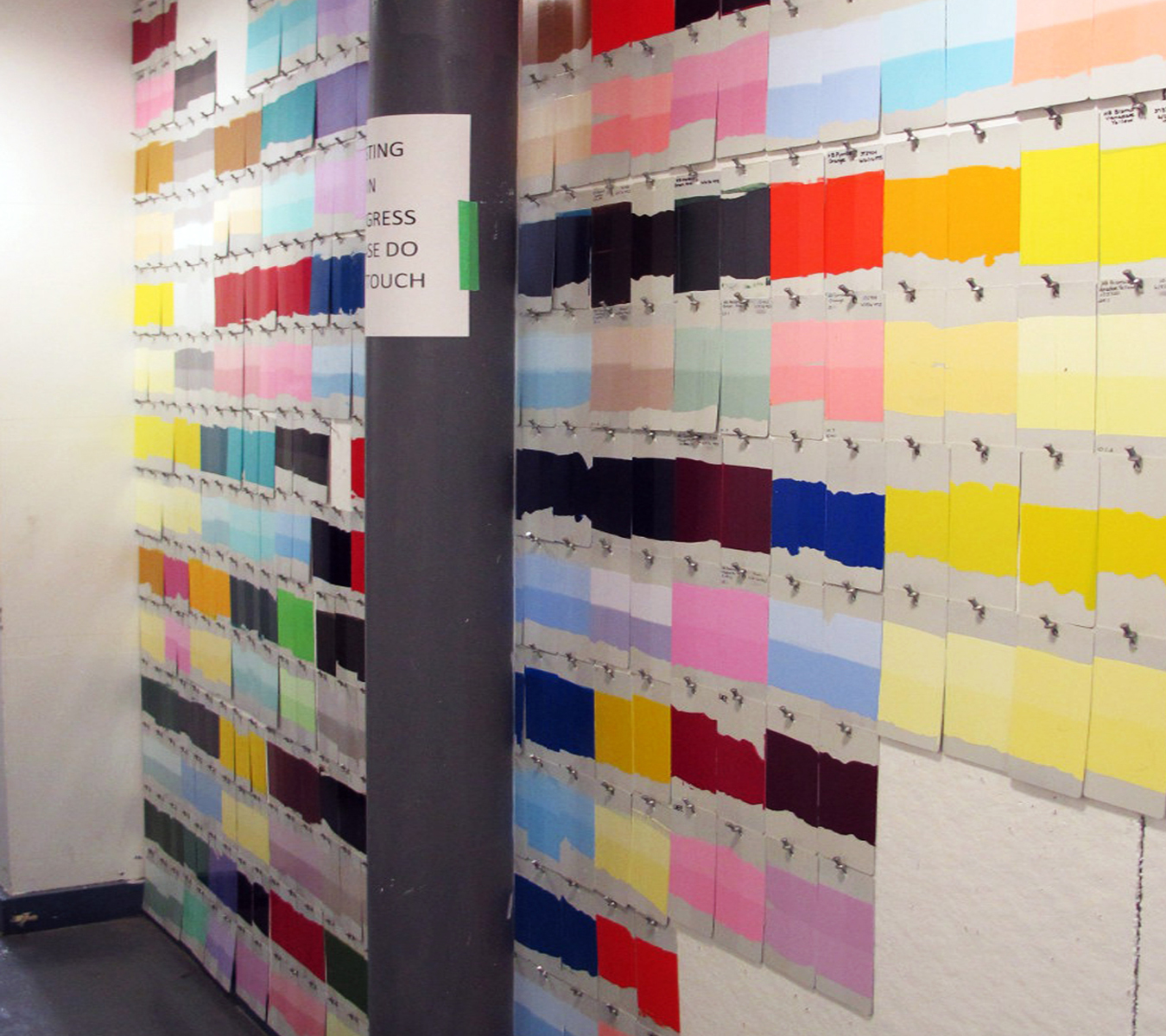If you ever have a stroke of bad luck and accidentally punch or tear your canvas painting, don’t patch it up. Holes and tears in stretched canvases can happen and patches can seem like an easy fix but are not recommended. Likewise, adhering labels with information about the painting on the reverse is generally a … Read more
Home>Conservation > Why we shouldn’t patch it up: how labels and patches on canvas tears distort paintings
Archive | Conservation
What could be more important to the longevity of a painting than the proper selection and preparation of the substrate you are working on? Having a vested interest in the success of artists using our products, we want to highlight some of the concerns coming from the field of conservation regarding surface checking and the … Read more
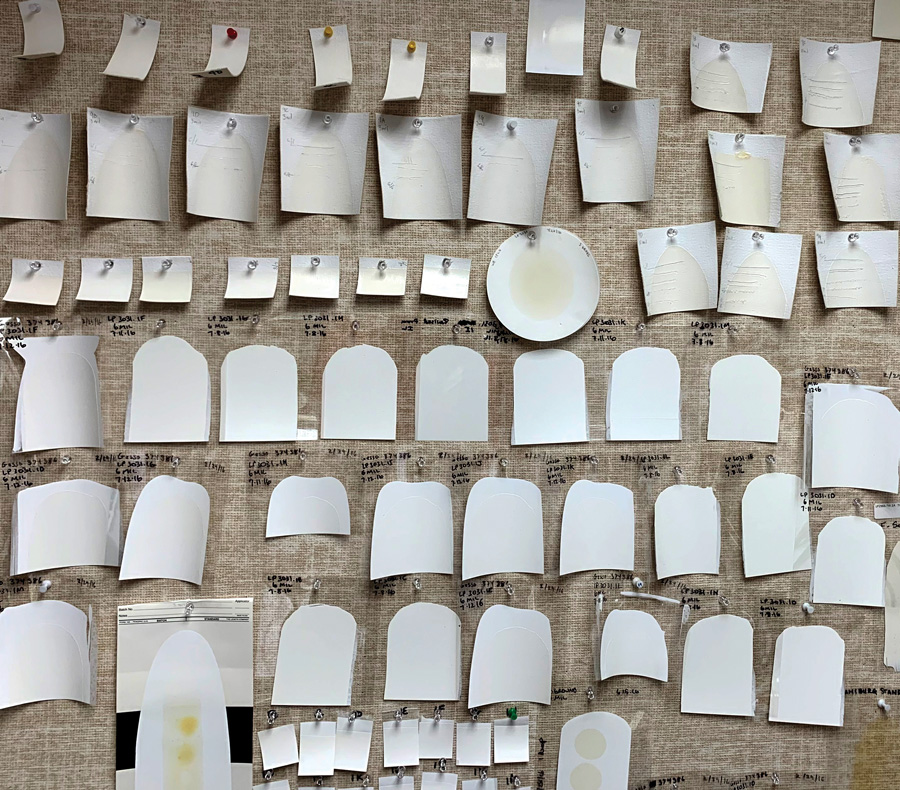
You would think that we would know more by now; that the questions would be answered, the arguments settled. But we don’t, and they aren’t. Even basic and fundamental issues continue to remain unaddressed by research. Will cold-pressed or alkali-refined linseed oil yellow more? Do historical and traditional processing methods lessen that? How do all … Read more
For artists who push the boundaries of traditional watercolor, work in sizes large enough that framing is not practical, or just dislike the barrier created by glass, varnish is a valuable option for protecting their paintings.1 Varnishing is likely to alter color, value, contrast, granulation, and the appearance of the paper in a watercolor painting. … Read more
Introduction This article is a companion piece to Zinc Oxide – Warnings Cautions and Best Practices, published in our print newsletter, Just Paint, Issue 35, as well as our FAQs Concerning Zinc Oxide (PW 4) in Oil Paints From the start zinc oxide has lived a double life – at turns celebrated and shunned, loathed and loved. On … Read more

FAQs Concerning Zinc Oxide (PW 4) in Oil Paints PDF version: Zinc Oxide FAQ INDEX Zinc Oxide’s Use in the Past When did artists start using Zinc White? Why was Zinc used? What did it offer? Are older paintings containing Zinc Oxide falling apart? Why do some older paintings still look good? How Does Zinc Oxide … Read more
Introduction Golden Artist Colors is a company that has a very clear goal of making the best artist paints possible! In a time when so many companies see how far they can reduce quality before a consumer notices, GOLDEN continues to resist this trend and make improvements wherever possible regardless of cost. Artists and conservators … Read more
Introduction The use of Zinc Oxide in oils has been the focus of a lot of attention lately, especially around its potential to cause an increased rate and degree of embrittlement, cracking, and cleavage of oil paint films. Passionate positions have been staked out on all sides, while various studies have been cited and pored … Read more
While we often report on results from lightfastness testing, we have rarely paused to actually describe the process we follow. And let’s face it, for most people stating that our tests conform to ASTM D4303, Standard Test Methods for Lightfastness of Colorants Used in Artists’ Materials, does very little to fill in the blanks. In an attempt to solve … Read more
The European Chemicals Agency (ECHA) recently published its final decision that Cadmium pigments will not be restricted in artist paints. You can read the entire document here: http://ec.europa.eu/growth/tools-databases/newsroom/cf/itemdetail.cfm?item_id=8530&lang=en In two previous issues of Just Paint we shared information concerning the possibility of Cadmium pigments being banned in artist paints. Just Paint Issue 4 (October 1996) … Read more

